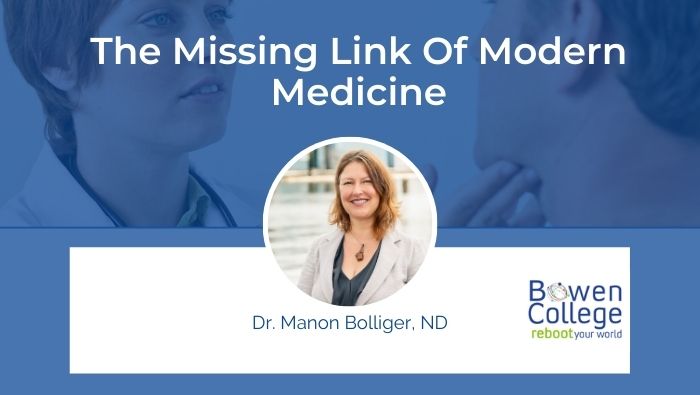Long ago, doctors used to believe that the fascia, the yellowish material just beneath the skin, served no purpose. To them, it was merely cushioning the body like a layer of fat. During surgery, it was simply removed because they thought it was just not that significant. It wasn’t until much later that they began to realize that it played a role much bigger than originally thought.
There are no extra body parts.
Science may be precise, but the scientists behind the field are only human. Here’s the problem. When humans are unable to explain something so complex, they immediately want to label it, so they can wrap it neatly in a box. If they don’t understand how something works, it immediately becomes “junk parts.”
Take the tonsils, for example, which used to be removed. Later on, they realized this played a role in our immune system. Only now, has modern science realized that the appendix plays an important role as an extremely rich, valuable lymphatic tissue. Then there’s also the issue of so-called junk DNA. Just because only 1% of our entire DNA strand is fully understood doesn’t make the rest of it garbage. When the body is seen from a holistic standpoint, it’s easier to see how everything has a purpose. No matter how seemingly insignificant it may be at the time, there’s a reason why each body part is there.
Within the last three years, they’re starting to understand that the fascia is probably one of our most important organs. When there are blocks in the fascia, the rest of the body is affected. A lack of circulation and oxygenation in the fascia can impact the overall health.
The body cannot be subdivided into a Cartesian model.
Descartes’ theory has led to this hard cartesian model where the body can be divided into the mental, emotional, spiritual and physical states. Because of this, people think that you can understand the body by cutting it up into parts and looking at how the system works. If it doesn’t work within the system, then you simply take it out. However, there’s a lot about the body that can’t simply be understood by looking at the dissected organs of dead people.
If you simply dissect the fascia, the dead tissue appears to be in a linear structure. In reality, the fascia is a trabecular structure. It’s a spongy, movable fluid-like structure that holds its own space. In other words, it doesn’t cave in unless there’s an injury such as scar tissue. It’s very different to observe how it works in a living, breathing human being.
There needs to be a balanced sense of wellness.
The reality is that the living body functions as a whole. That’s why it responds very well to healing touch. More than just the technique and pressure, there’s the element of applying gentle pressure in a loving manner. This makes a key difference in how we approach tissue. It’s the sense of connection to the body where you intuitively know what needs to be released.
Just like a parent who gives a kiss on the injured knee of their child, we instinctively know that touch has the power to soothe. As adults, we rub and touch our injured parts, but the dialogue we have with our bodies change. Many of us have been indoctrinated to believe that our actions alone are useless and that we need external things like warm or cold compress. Although either can help in different circumstances, the actual touch itself is extremely healing.When we really connect with our body, our hands seem to have a knowing of their own.









